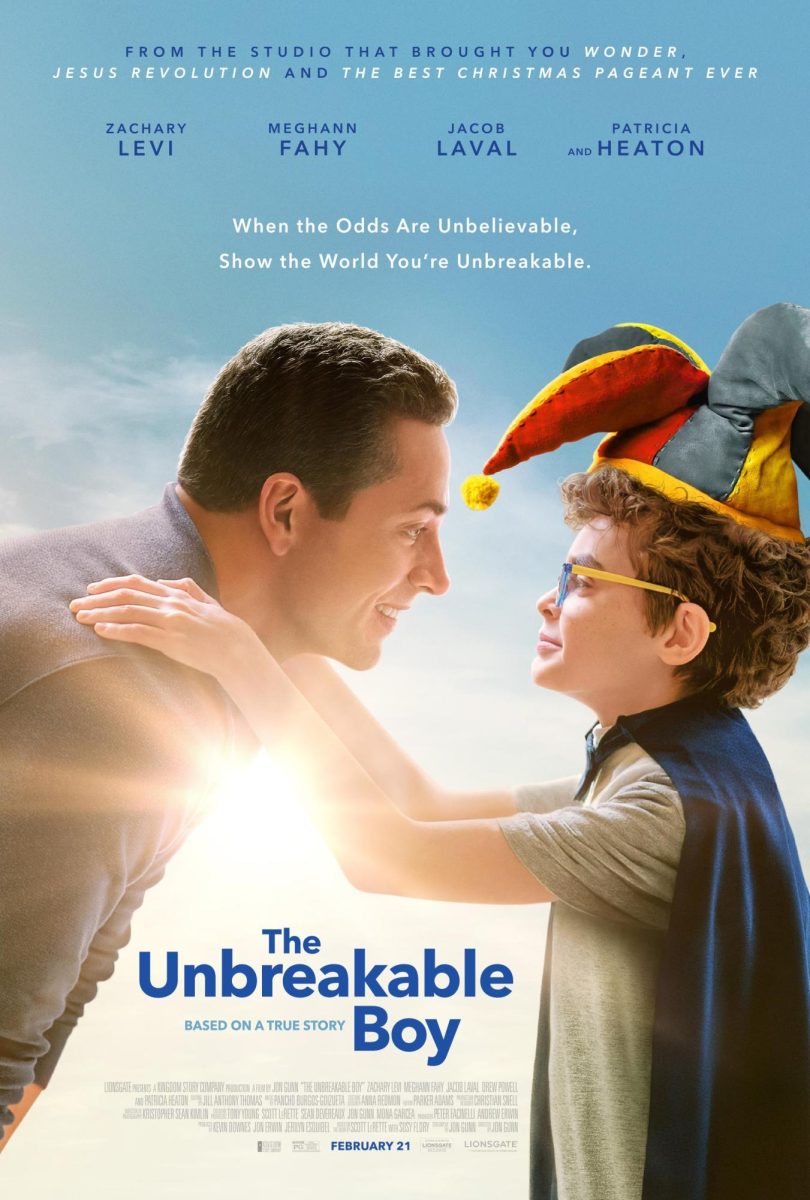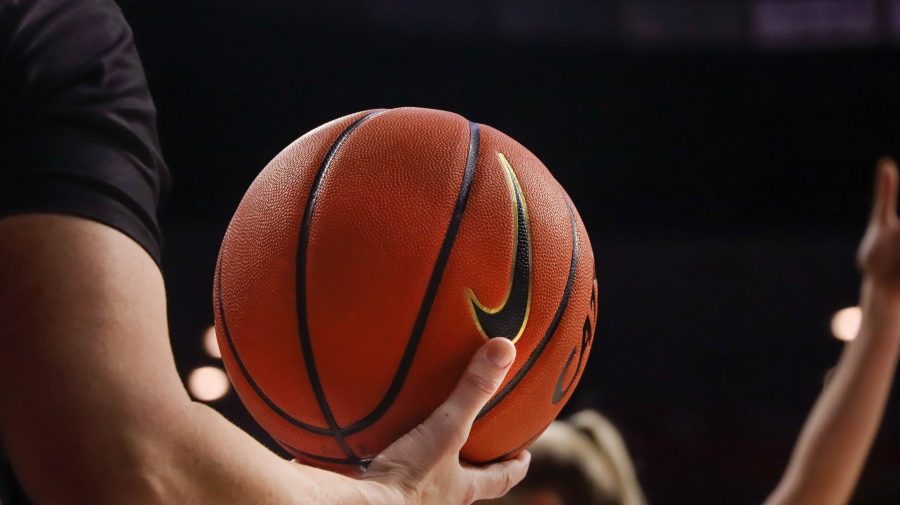
In a court decision last August and then in a National Collegiate Athletic Association vote last month, it became possible for college athletes to be paid for their work. With the court case still winding its way through appeals, though, we’re all left guessing when and if universities will begin compensating their male football and basketball players — the only athletes to whom the case applies.
Many athletes have long argued that the NCAA is effectively stealing from them. Their jerseys are being sold, their autographs are given and their images are being used in popular video games, all without any compensation.
Others, though, feel that the actual monetary value of the scholarships these athletes receive exceeds what most think they should be paid, and it’s certainly more than the $5,000 minimum they could potentially be getting paid per season if it is decided that the NCAA can or must pay its athletes. Furthermore, it’s possible each player would be getting paid the same to avoid any controversy, and giving star players and benchwarmers the same pay check doesn’t add up.; it would just be controversial as well.
Many are left asking: If student athletes were to get paid, what would differentiate between a professional athlete and a student-athlete? And what would be the incentive for colleges to pay attention to athletes’ education if they cease being student-athletes and become employees of the university?
Athletic director Greg Byrne is opposed to paying college athletes.
“When you look at what they’re getting right now, it’s tremendous,” he said, “and we need to do a better job of communicating that.”
And what exactly are they getting right now?
Byrne concedes that “we as an industry have done poorly talking about what the student-athletes receive while they’re [in college].” But, he explained, the UA has 20 sports teams and nearly 500 student-athletes who average $85,000 each in athletics scholarships. The 85 football players and 13 men’s basketball players who are on full-ride scholarships receive approximately $150,000 each.
These full-ride scholarships provide funds over and above the cost of attendance, and even athletes on partial scholarships get free, unlimited meals and a six-days-per-week Bear Down Brunch, which costs the university $400,000 each year. The tuition costs of the full-ride students eat up $350,000 of the athletics budget each year.
The athletics budget itself totals $70 million, which Byrne said is “challenging to balance … between 20 sports,” but he argued that “those are real dollars that we spend as an institution on that experience for our student-athletes.”
Student-athletes at the UA receive amenities such as gear, strength and conditioning training, access to equipment, academic support, an athletic psychologist and more. Add in the cost of health insurance and traveling, and it makes no sense for anyone to say that college athletes don’t get anything.
“But does that mean we can’t do more?” Byrne said. “No, of course we can do more, but I want to make sure that we are careful with the decisions we’re making and understand the big picture impact that it can potentially make.”
Paying college athletes would create an absolute mess. Who gets paid more? Why do only certain teams get paid? And what is a university’s obligation to educate those being paid for a different purpose?
So long as it’s optional, as the NCAA policy currently says, the UA shouldn’t pay its student-athletes.
_______________
Jessica Terrones is a journalism freshman. Follow her on Twitter.








